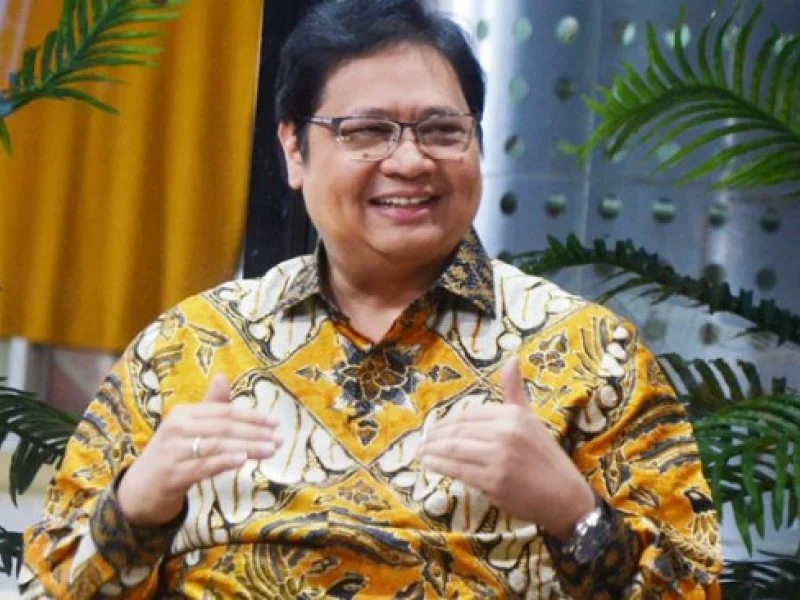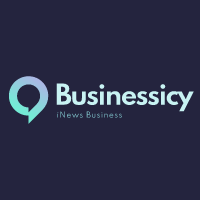
Businessicy – Coordinating Minister for Economic Affairs Airlangga Hartarto has expressed confidence that Indonesia’s financial inclusion index will hit 90% by 2024. He showcased various government programs believed to enhance financial inclusion.
This optimistic projection contrasts with the financial inclusion and literacy indexes reported by the Financial Services Authority (OJK). According to OJK, the financial literacy index stands at 65.43%, while the financial inclusion index is at 75.02%.
“Financial inclusion continues to improve, and I am confident that we can reach 90% by 2024. This figure differs somewhat from the data provided by OJK,” Minister Airlangga stated during the launch of the National Financial Literacy Movement (Gencarkan) in Jakarta on Thursday, August 22, 2024.
He explained that the high inclusion index he refer to includes several government programs that are consider to contribute to finance inclusion.
“U.S. Crude Oil Prices Drop Amid Geopolitical Tensions and Sluggish Demand”
“For example, the Family Hope Program (PKH) covers over 20 million people, and the Pre-Employment Card Program has more than 80 million registrants, with about 18 million actively participating, all utilizing e-wallets,” Minister Airlangga noted.
Additionally, he highlighted programs like the Beneficiary Assistance Program (PBI) under BPJS Health, the Farmer Card reaching around 9 million farmers, and the Indonesia Smart Card (KIP) Scholarship benefiting over 666,000 students.
He also mentioned electronic certificates, Intellectual Property Rights (IPR) certifications, and halal certificates, which are consider to facilitate access to formal financial services. These aspects are seen by Minister Airlangga as part of efforts to boost financial inclusion.
“These are the programs we are pushing to integrate into financial data through various services or social assistance provided by the government,” he added.
Furthermore, Minister Airlangga suggested that future surveys on finance inclusion and literacy should include additional variables. He recommended integrating data on government programs along with the products monitored by OJK.
“Perhaps next year, surveys could be integrate to include not only products regulated by OJK but also government programs that support finance inclusion,” he elaborated.
He noted that in the digital economy sector, there are approximately 45 million QRIS users and 156.4 million users of electronic money. Additionally, programs such as PKH, the Pre-Employment Card, the Farmer Card, and the KIP Scholarship contribute to financial inclusion.
“The Complete Information From Wikipedia About Financial Inclusion”
